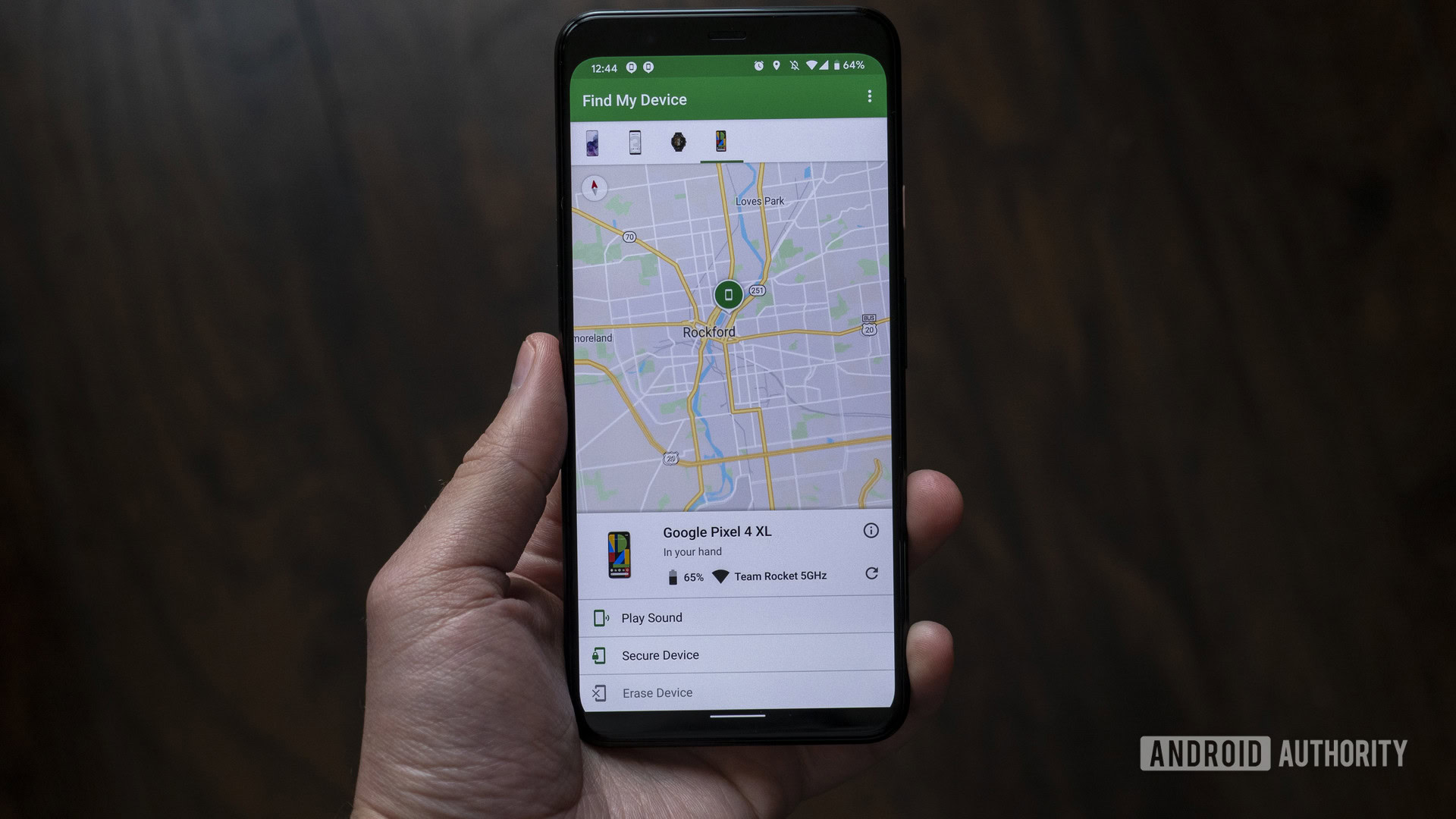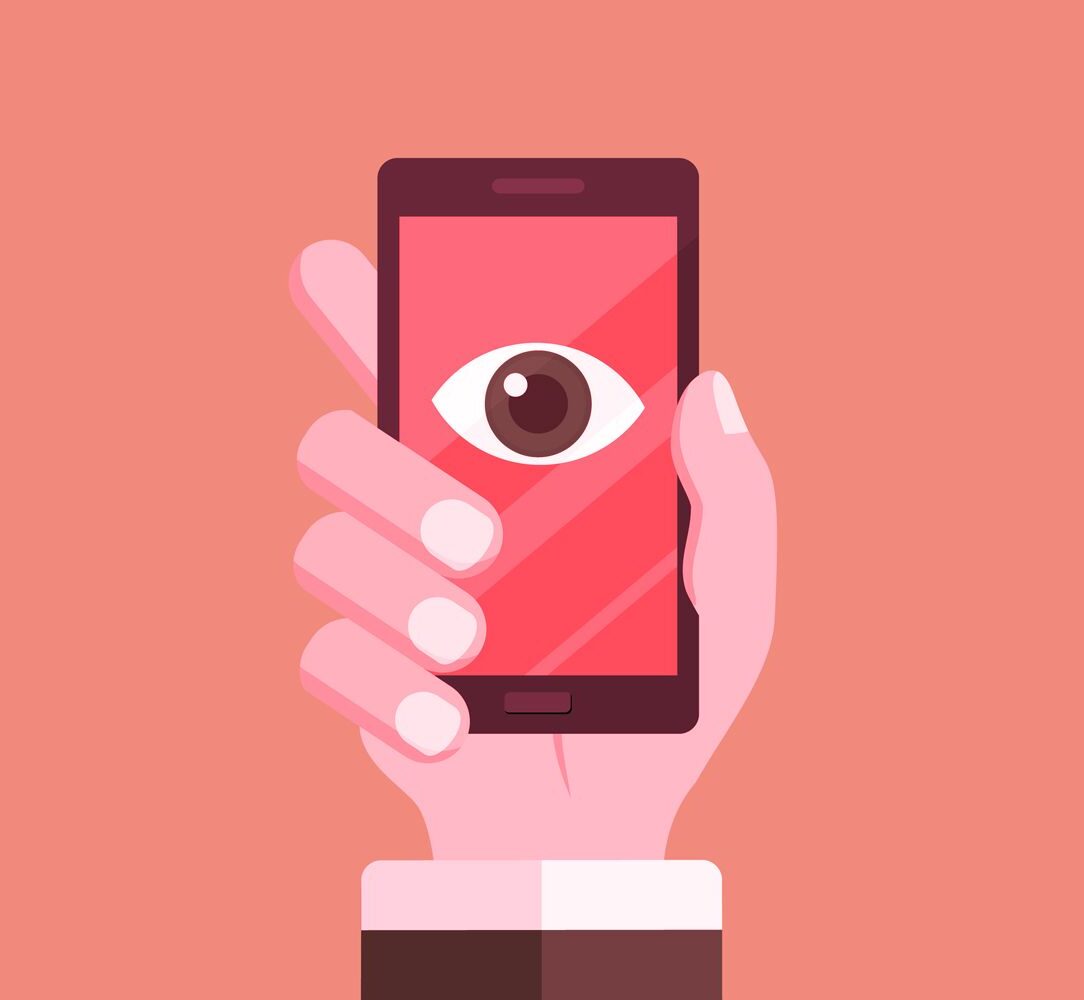Spy apps are designed to be difficult to spot on a device, and can look like any other app or program. They may have a generic name and icon, or masquerade as another type of app altogether. Spy apps can be installed in a number of ways, including through phishing emails, third-party app stores, or directly onto the target device.
Once installed, they can collect a variety of data from the device, including text messages, call logs, location data, and more. In some cases, spy apps can even record phone calls or intercept text messages.
Spy apps are designed to be hidden and difficult to detect on a phone or other device. However, there are some telltale signs that can indicate the presence of a spy app. These include unusual battery usage, increased data usage, and strange behavior from the device.
If you suspect that your phone or other device has been infected with a spy app, you should take steps to remove it as soon as possible.
10 Best Spy Apps You Should Use 2022
Android Spy App File Names
If you’re looking for an Android spy app, you may be wondering what kind of file names to expect. Here’s a look at some of the most common file names for these apps:
Spy App File Name: com.android.spyapp
This is the most common file name for an Android spy app. It’s likely that this is the file name for the majority of spy apps on the market.
Spy App File Name: com.google.android.spyapp
This is another common file name for an Android spy app. This suggests that the app was developed by Google, or at least uses Google services in some way.
Spy App File Name: com.facebook.spyapp
How to Find Hidden Spy Apps on Android
If you think your phone may be monitored, there are a few things you can do to find out for sure. Check for telltale signs, like unusual battery drain or increased data usage. If you suspect someone has installed spyware on your phone without your knowledge, there are a few ways to check for it and remove it.
To check for spyware, start by visiting the “Settings” app on your Android device. Then, click on “Security & privacy.” Look for any unusual or suspicious apps that have been recently installed.
If you see anything suspicious, delete the app immediately.
You can also use an anti-spyware app to scan your device for spyware and remove it if necessary. Some popular anti-spyware apps include Malwarebytes and Spybot Search & Destroy.
If you think your phone has been compromised, it’s important to change all of your passwords and keep an eye on your credit card statements in case someone is using your information fraudulently. You should also contact your wireless carrier and let them know about the situation so they can take appropriate steps to protect your account.
What are Spy Apps Disguised As
Spy apps come in all shapes and sizes these days. Some are designed to track your phone’s location, while others can monitor your text messages or even your calls. But what if you suspect that someone has installed a spy app on your phone without your knowledge?
How can you tell if there’s an app hiding on your device, disguised as something innocuous?
Here are a few telltale signs that there may be a spy app lurking on your phone:
1. Your battery life is suddenly shorter than usual.
If you notice that your battery seems to be draining faster than normal, it could be because a spy app is running in the background and using up valuable resources. Take a close look at your battery usage statistics to see if there’s anything out of the ordinary going on.
2. You have unexplained data usage.
If you start seeing unexplained spikes in your data usage, it could be because a spy app is secretly sending information back to its owner. Check your data usage statistics to see if anything looks suspicious. If you see any apps that are using more data than they should be, consider uninstalling them.
Find Hidden Spy Apps on My Iphone
If you think your iPhone may have been bugged, there are a few ways to check. Here’s how to find hidden spy apps on your iPhone.
1. Check for Unusual Battery Drainage
One of the first signs that something might be wrong is if your battery starts draining unusually quickly. If you notice that your battery is dying faster than usual, it could be a sign that something is running in the background that you don’t know about. Of course, this could also just mean that your battery needs to be replaced.
But if you’ve ruled out other potential causes, it’s worth investigating further.
2. Check for Unknown Apps
Next, take a look at the list of apps on your phone.
Do any of them look suspicious or like they shouldn’t be there? If so, delete them right away. These could be spying apps that have been installed without your knowledge.
3. Check Your Data Usage
Another way to tell if something is going on behind the scenes is by checking your data usage . If you see that you’re using more data than usual, it could be because some sort of app is secretly streaming or downloading data in the background.
This will obviously use up more of your monthly data allowance and could end up costing you money if you go over your limit. So if you see a sudden spike in usage , it’s worth looking into further.

Credit: www.androidauthority.com
How Can I Tell If My Phone Has a Spy App on It?
If you think your phone might have a spy app on it, there are a few ways to check.
First, go through your phone and look for any apps that you don’t recognize or remember downloading. If you see anything suspicious, delete it immediately.
Next, check for strange behavior from your phone. Does it turn on and off at odd times? Do strange things happen when you make calls or use certain apps?
If so, this could be a sign that your phone is being monitored.
Finally, take a look at your phone bill. Are there any unexpected charges?
If so, this could be another sign that someone is spying on you through your phone.
If you notice any of these red flags, it’s important to take action right away. Spy apps can be very dangerous and violate your privacy in a major way.
The best thing to do is to factory reset your phone and start fresh with a new device.
What Apps Do Spies Use?
There are a few different apps that spies use in order to do their job. One of the most popular ones is called “Spyglass.” This app allows the user to see through walls and other obstacles, making it perfect for surveillance.
Other apps include “Sonic Spy,” which can eavesdrop on conversations, and “Flashlight,” which can be used to signal other agents in the field.
How Do You Find Hidden Apps?
We all have secrets. Some more than others. Whether it’s a embarrassing photo you don’t want your friends to see, or something more serious like an app that tracks your spending or hides your location – we all have things we don’t want others to know about.
So how do you keep these secrets hidden on your iPhone?
There are a few different ways to hide apps on your iPhone depending on how deep of a secret it is that you’re trying to keep. If you just want to hide an app from view so that others can’t see it when they look at your home screen, there’s a simple process for doing that in iOS 14.
Just long press on any app icon until all of the icons start wiggling, then tap and hold on the app icon you want to move. From there, drag the icon over to the App Library (which is the new far-right page of apps introduced in iOS 14). The App Library will automatically create categories for each type of app based on its function, so hiding an app in here will make it less conspicuous.
If you need something hidden away where nobody will ever find it, there are a couple different approaches you can take. One is to use a Screen Time passcode – this will prevent anyone who doesn’t know the code from being able to access any content or features beyond what you’ve allowed them to using Screen Time restrictions. To set this up, go to Settings > Screen Time > Always Allowed and toggle off Use Screen Time Passcode.
Once that’s turned off, choose Turn Off Screen Time Passcode and enter a four-digit code when prompted; then re-enter the code to confirm it.
Another way to completely hide apps from view is by using Guided Access mode; this essentially locks down your device into one single app which can be useful if you’re handing over your phone to someone else but don’t want them snooping around (maybe they’re tryingto snoop through *your* hidden apps!). To turn this feature on go tot Settings > General > Accessibility > Guided Access and toggle it on.
Then open the app that you want lockdown and triple click the side button – this will bring up the Guided Access options where you can set a passcode and choose which features are available while in Guided Access mode; once everything is configured as desired simply click ‘Start’ in the top right corner.’
There are also some third-party apps available that offer similar functionality for hiding files and folders full of images or videos; these might be worth considering if neither of the built-in options sound quite right for what you need.
What are Spy Apps Disguised As on Android?
There are a few different types of spy apps that are disguised as other applications on Android devices. The most common type is a fake messaging or chat app. These apps look and function like normal chat apps, but they are actually spying on the user’s conversations.
Other common types of spy apps include camera and photo applications. These apps allow the person who installed the app to secretly take photos and videos of the user without their knowledge.
Conclusion
There are a few spy apps on the market that can be installed onto phones and other devices in order to track someone’s movements and activities. However, these apps don’t necessarily look like traditional “spy” software – they often masquerade as regular, everyday apps.
Some popular spy apps include mSpy, FlexiSPY, and Mobile Spy.
These apps can be used to track someone’s location, read their texts and emails, listen to their phone calls, and even record their conversations. Most of these apps are designed to be undetectable by the user, which makes them particularly dangerous if they fall into the wrong hands.
If you think you may be being spied on, there are a few things you can do to check for spyware on your device.
First, take a look at your battery usage – if there’s an app that’s using up a lot of power without you knowing what it is, that could be a sign that it’s a spy app. You can also try running a virus scan on your device; some spyware will show up as malware during these scans. Finally, take a close look at any new apps you’ve installed recently – if there’s anything suspicious about them (e.g., they ask for permissions that seem excessive), uninstall them right away.


